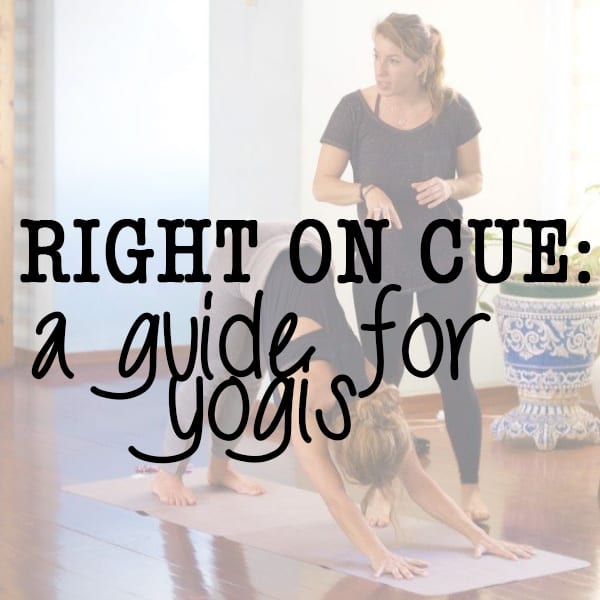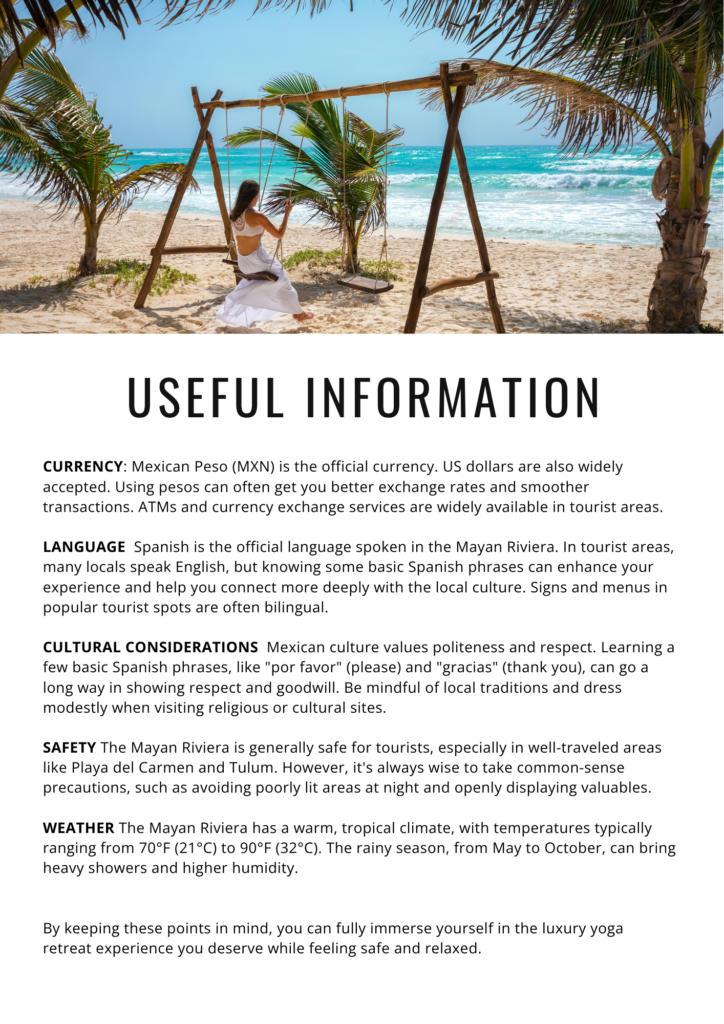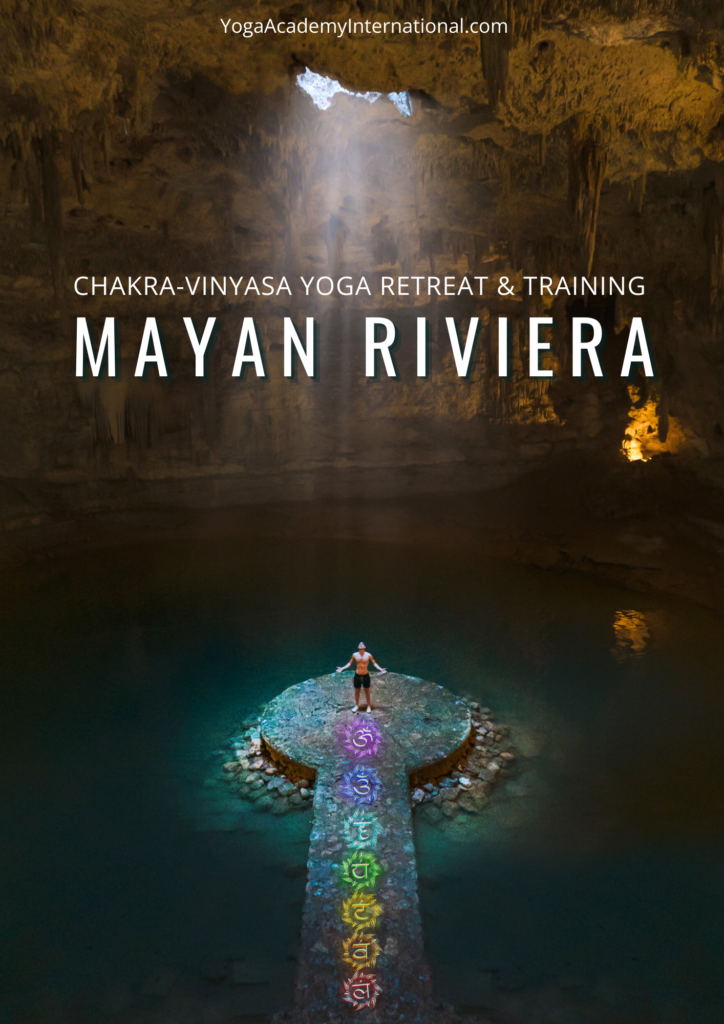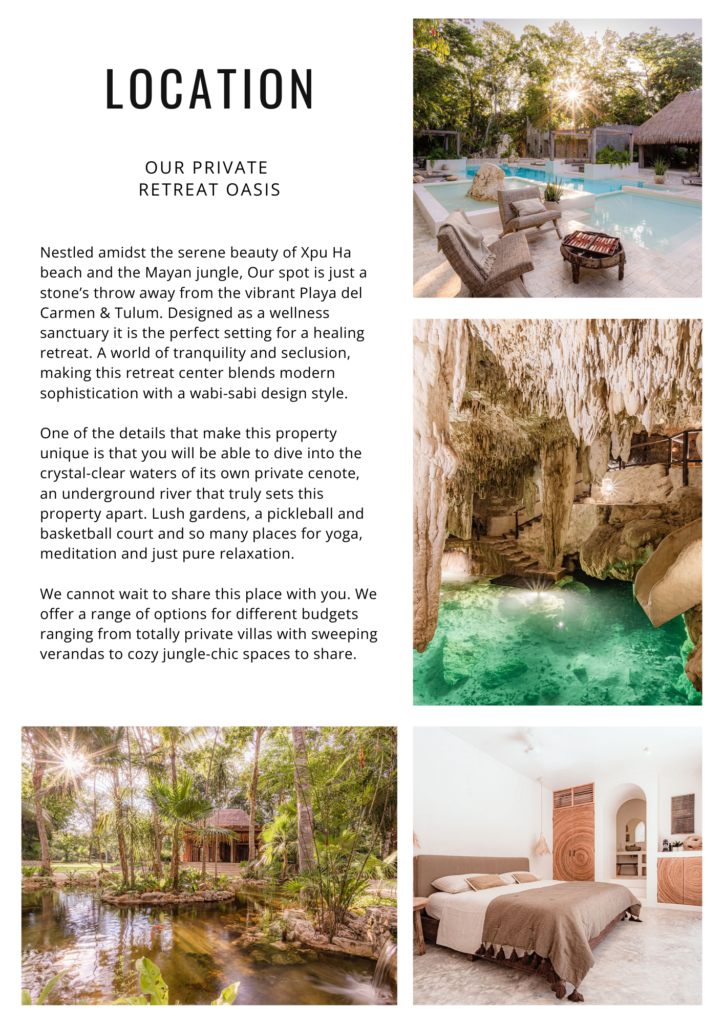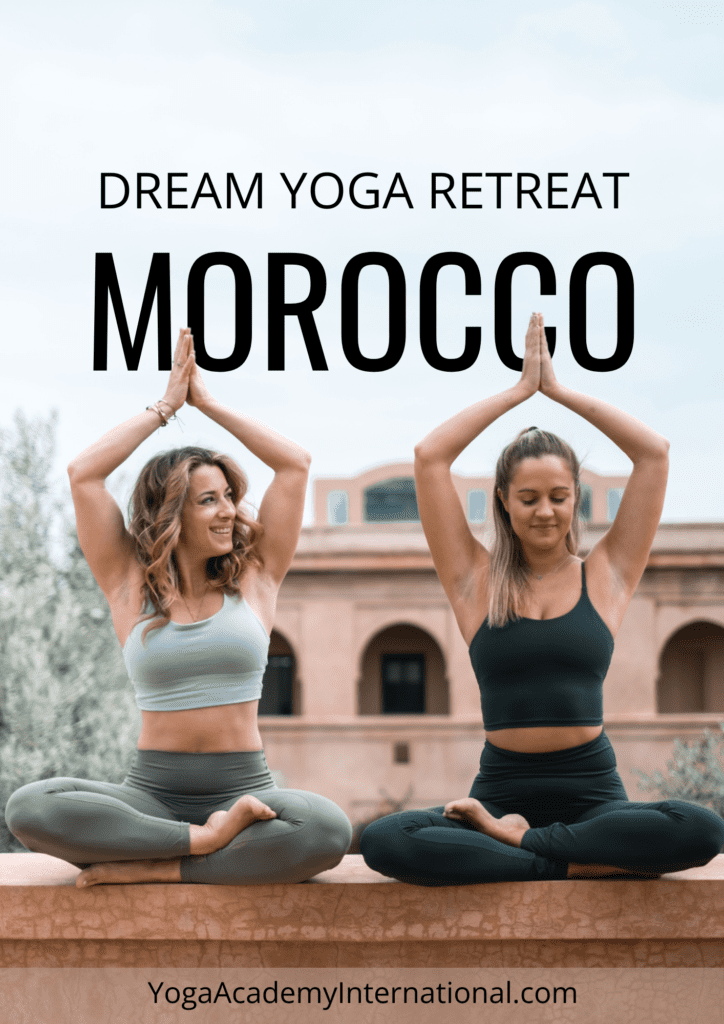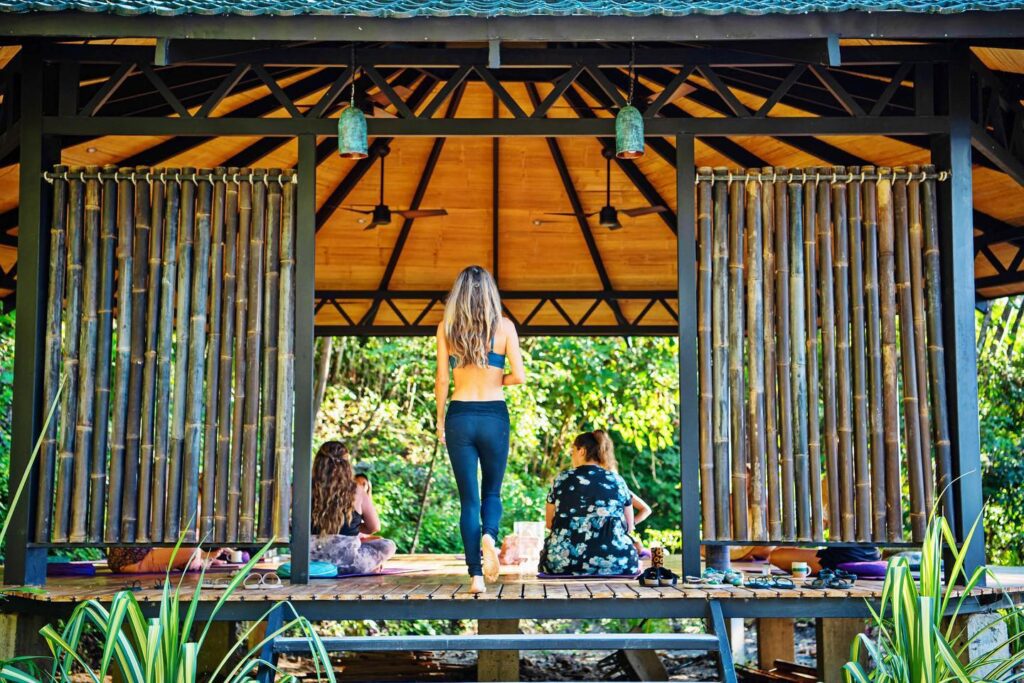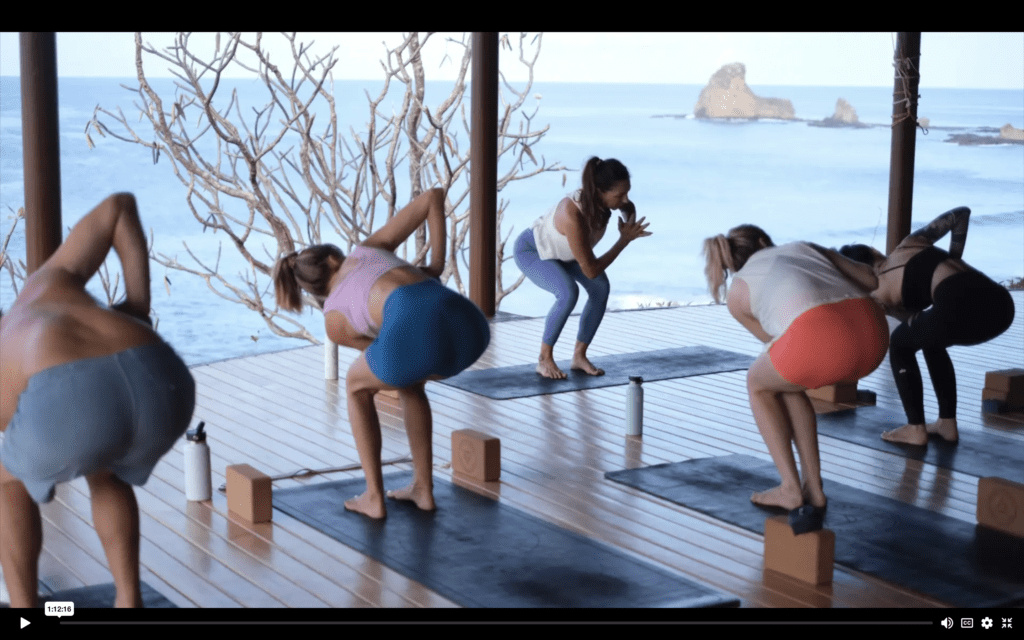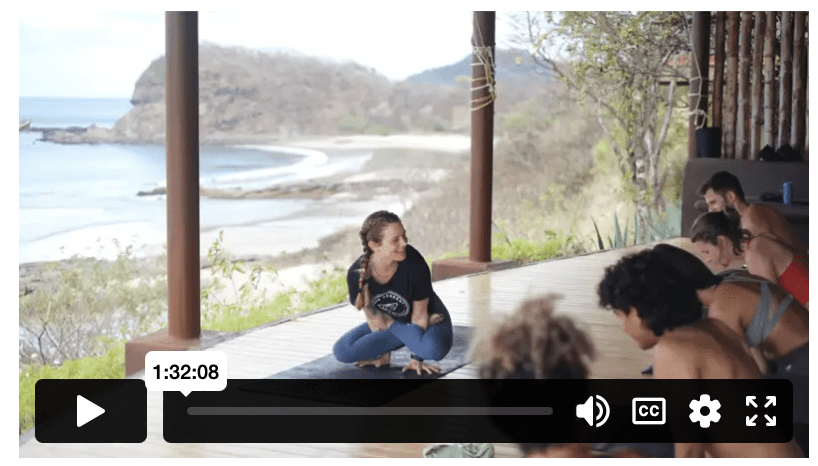Bring back curiosity and mindfulness into your practice, leading a class is more than just being right on cue.
As intelligent, evolved beings we often find it challenging to take directions from others. Think back to the childhood curiosity that frequently found you pushing beyond the neatly laid out boundaries set out for you by parents and elders, questioning everything. If you spend long periods of time with young children in your day-to-day, you’re probably quite used to hearing the word “why?” endlessly repeated in response to basically any statement.
At some point in our lives, generally around the same time we found ourselves confined to a chair and desk for six hours a day, we started to lose that incessant desire to question; to explore beyond the surface of directions sent our way by others. We started to find it much easier to take directions without asking, and go through the motions on an autopilot of sorts.
In our modern yoga and movement practice, this lack of childlike curiosity and autonomy over our physical, mental, and emotional responses to our practice has become a (not-so) silent epidemic.
Drastic words? Perhaps, but I fully believe that the consequences hold some pretty serious implications and impact. Let me back track by saying that I do not think this falls entirely on yoga practitioners unwilling to ownership of their practice, but also on the part of teachers who continue to repeat generalized cues without much conviction or thought put into how they translate into the bodies of practitioners in the room at that moment in time. And it’s this continuous stream of bland, non-personal cues for both the physical and subtle body that lead to practitioners tuning out, running on autopilot, and failing to connect on a profound level with what’s happening through their practice. As a growing community that has embraced the concept and practice of yoga, it’s time to tune back in to both our teaching and practice, and bring back that act of self-aware questioning.
Yoga Teachers
Let’s start by breaking down the difference between teaching and instructing, because they’re two very separate vocations. To instruct is to go through the motions, repeating words and phrases that are far too often not truly our own. An instructor leads with few modifications, and provides cues that do not allow much, if any, wiggle room, without questioning why he or she is asking practitioners to progress through a sequence of movements. A teacher, however, dedicates him or herself to moving outside his or her own definition of the practice in order to better serve the practitioners in the room, at any given time. A true teacher never defines him or herself as such (re: Yeah, actually I’m a yoga teacher. It’s pretty great!), but rather as a vehicle for learning.
The best teachers always question “why,” guide with purpose, and are always students themselves.
So “teachers,” let’s make waves and make changes. Instead of providing alignment cues in a tone that suggests everyone must follow suit, it’s important to provide practitioners with the space to experiment. Encourage everyone to feel out how their body responds to certain movements, to breath pattern, and even to different verbalizations and visual representations of instructions. Heel to heel vs. heel to arch vs. square your hips vs. toes at a 45 degree angle – there is no one or even two or three “right ways” for asana to make its appearance across a vast spectrum of different physical bodies. Let each practitioner determine what works and what doesn’t, and start to find your own voice in how you choose to verbalize your points of guidance.
The best piece of advice I have been given was by a friend during our 300 hour training in Rishikesh. She observed me teaching our final “practicum” class, and when I looked to her for feedback, she told me that the best parts of my class were when I was being my authentic self. She suggested to me that I forget about turning to those overused, tired cues that we hear teachers repeating with a tireless lack of conviction. Be a little awkward, try to crack a joke or two, if that’s how you best connect and communicate with others. Even those practitioners that are new to your classes and teaching style will better connect with a teacher who carries with him or herself a sense of credibility and confidence, and doesn’t force a falsified presence. Finding your voice, as non-traditional as it may be, is so key to feeling fully comfortable as you strive to enable others to feel comfortable and find themselves through their practice.
Yoga Practitioners
Continue to ask “why.” This doesn’t mean that every single cue provided to you by an instructor or teacher needs to be followed up with that verbalization, but question the purpose behind the pose, behind the movement, and behind the cue. Leverage this to build a sense of awareness within your own physical and subtle body – identify how your reactions and responses change each day, and start to foster a deeper level of self-awareness. It’s incredible easy to move through asanas and through your typical flow without fully absorbing each subcomponent within your own being. Avoid the autopilot trap, bring a sense of awareness into your practice, and let that attunement permeate throughout other aspects of your life.
In its most raw form, pre-Instagram yoga challenges, before “Hot Power Flow” classes and “Yoga Bootcamp” classes were ever a thing, yoga symbolized union. It is the understanding that we are all one and the same. Yoga embodies the fact that nothing separates each one of us here; we do not coexist, we only exist as one collective. So let’s take steps towards breaking down the dogmatic teacher-student barriers that have come to be, and provide practitioners with the ownership to shape their respective practices, both on and off the mat.
Growing up with a background in competitive figure skating, Cass’ journey with yoga began at a young age. What started as a way of maintaining flexibility and mobility has since shifted to focus on building strength, by combining elements of functional movement into her practice and sequencing, helping to explore the different ways in which each individual’s body moves and changes shape. Since completing Octopus Garden’s 200 hour teacher training, and Rishikesh Yog Peeth’s 300 hour advanced teacher training program, Cass has pursued Barre and Pilates certifications through Stott Pilates, along with Essentrics movement training. The most important thing she’s discovered along the way is that you’re always a student – be curious, always question, carefully analyze, and continuously seek new avenues towards unexpected answers. ‘Yoga is the journey from cosmetic to cosmic beauty.’

